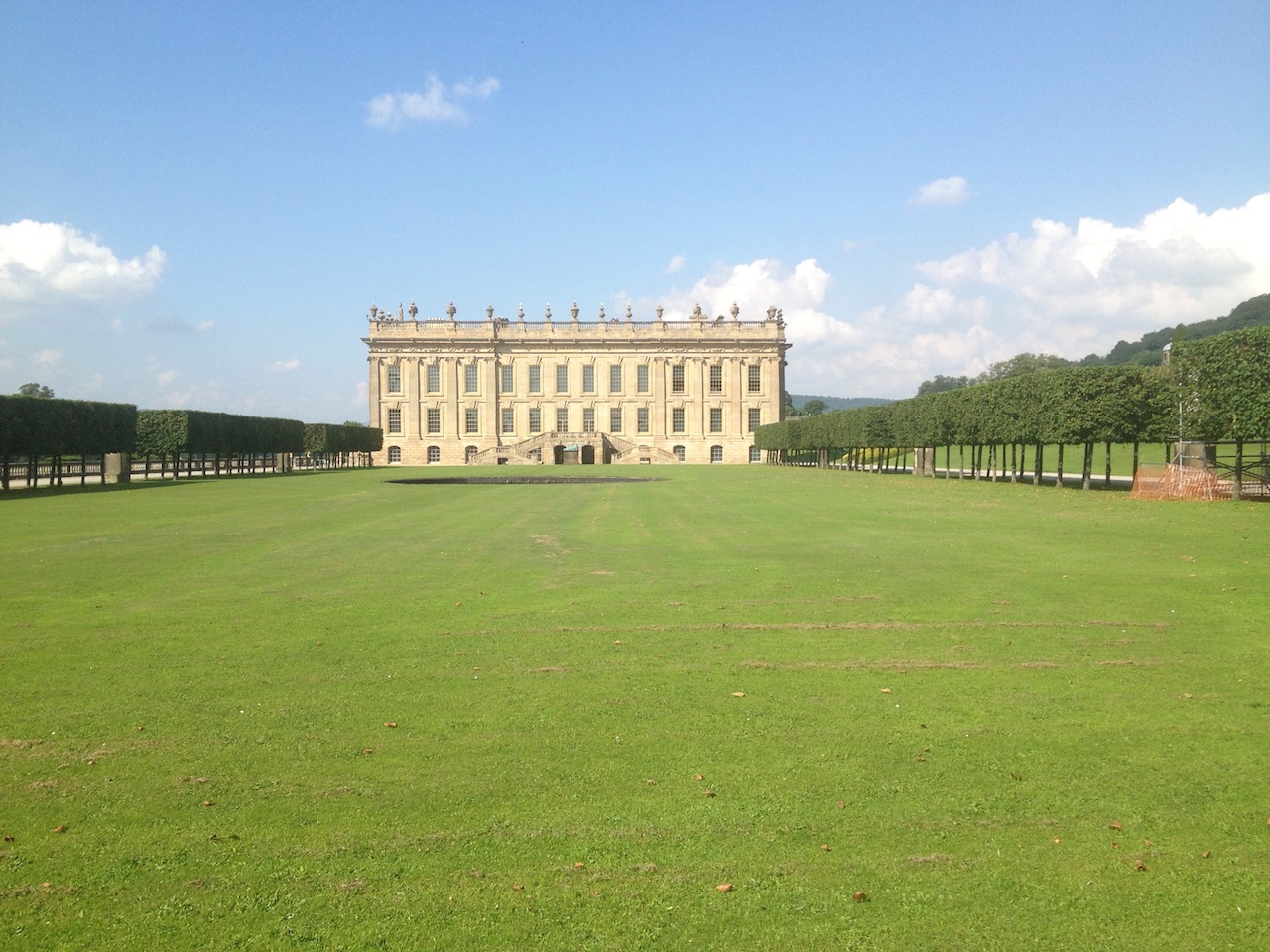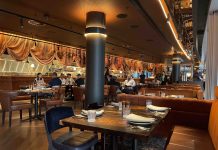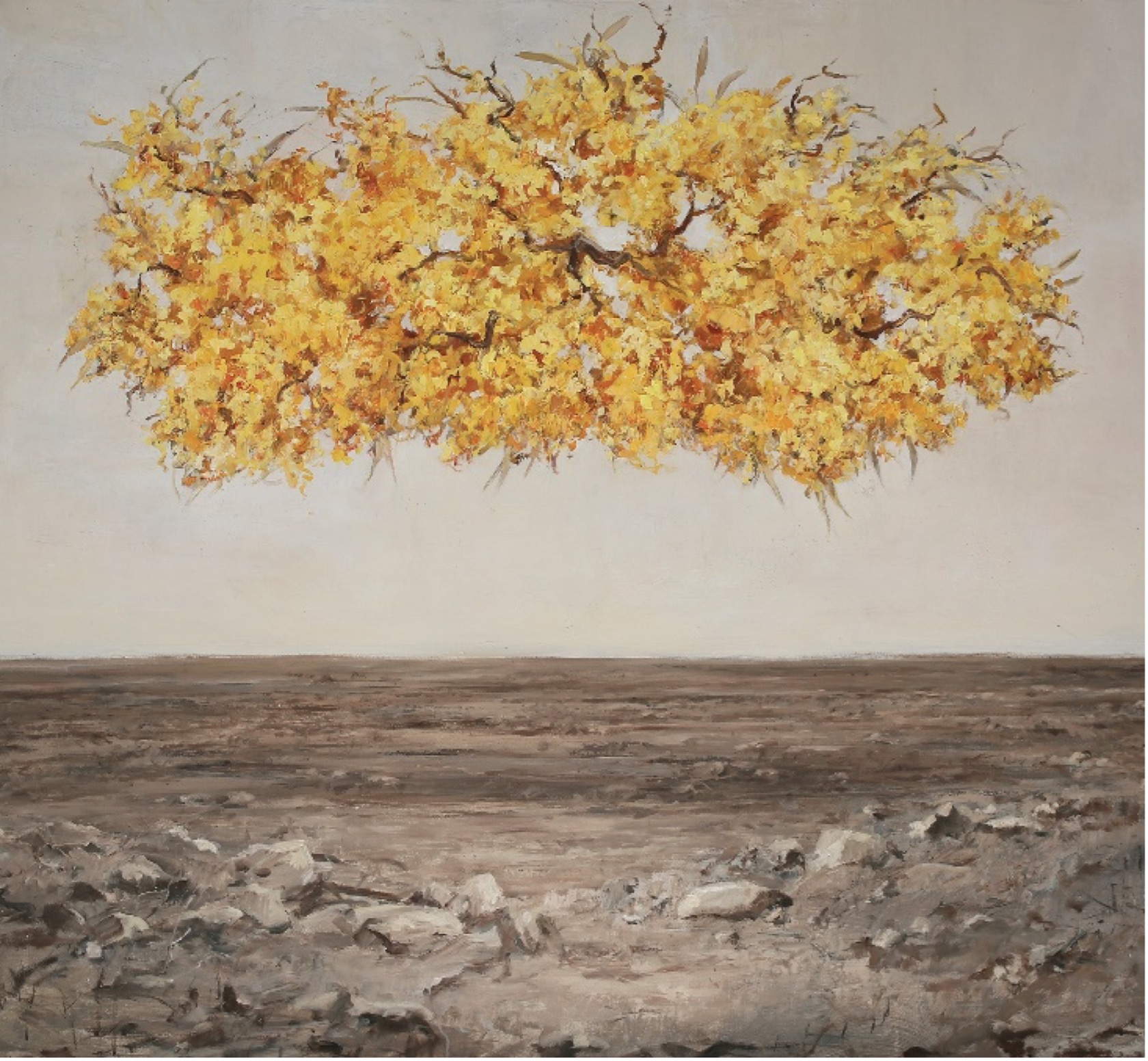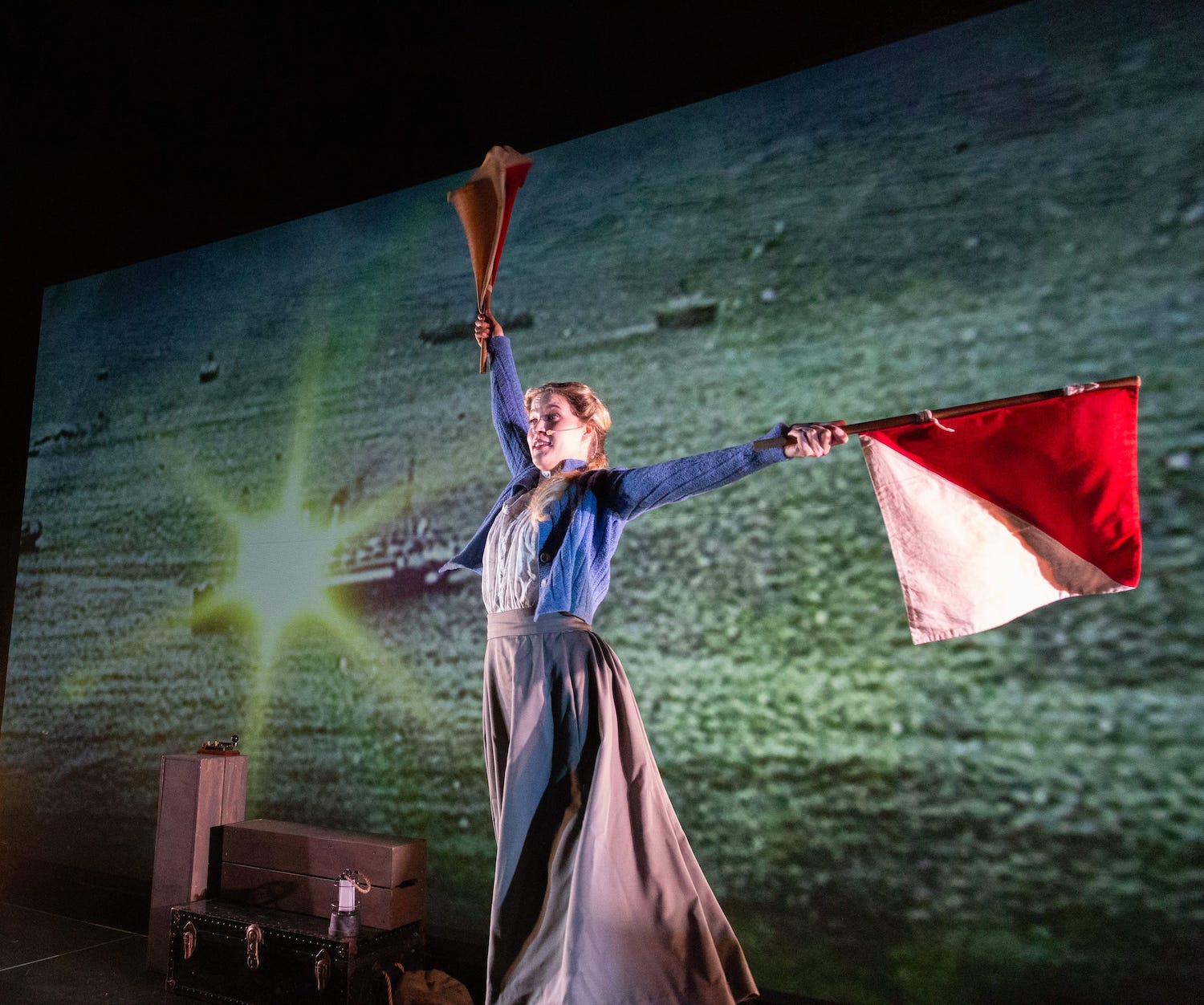You can hardly avoid visiting a stately home on a holiday in Britain.
There are so many, so luxurious and so tourist attracting, so it is no surprise that we called on five during our recent trip to the old country.
Hever Castle in Kent has been well protected for 700 years by a double moat, drawbridges and portcullis.
It was the childhood home of Anne Boleyn, Henry VIII’s ill-fated second wife.

Last century it was bought by the wealthy Astor family, who restored and extended it and furnished it with fine antiques, tapestries and Tudor paintings.
Just north of Oxford lies Blenheim Palace, the only palace in Britain not owned by the royal family.

This baroque house was built by the Duke of Marlborough following his victories over the French in the War of the Spanish Succession. It is also the birthplace of Winston Churchill.
A tour guide provided an exceptionally interesting tour of the public rooms. The formal and informal gardens, laid out by Capability Brown are outstanding.
Apparently, emus and kangaroos were residents (on the grounds) in the 1930s but no one seems to know how they came to be there or why they disappeared, but wartime meat rationing may have had something to do with it.
Newstead Abbey, in Nottinghamshire, was the home of Lord Byron, the 19th century romantic poet who had celebrity-like devotion in the UK as well as hero status in Greece where he helped the fight for independence.

Newstead was formerly an Augustinian priory, converted to a domestic home following the dissolution of the monasteries.

The Byron collection includes objects and furniture which belonged to the poet, letters he wrote, his manuscripts and family portraits as well as his magnificent giltwood bed and the desk at which he wrote much of his poetry.
An unusual feature of the grounds is the Japanese garden was laid out in 1899 by a Japanese horticulturist.
This garden is intended to reproduce in miniature the main features of a Japanese landscape. Small stone bridges cross tiny streams and stepping stones lead to little islands.
Today’s Bolsover Castle, a folly, was built in the 17th century on the ruins of a medieval castle by Sir Charles Cavendish.

The castle is a romantic ruin with stone removed for building elsewhere in the town.
However, there is a good walk on the ramparts which have great views over the plains below.
The little castle, which was an (expensive) whimsy of Cavendish, is in good repair today thanks to English Heritage.
A highlight is the indoor riding hall – one of the first and finest in England.
Cavendish was a master horseman and wrote several books on the art of manége, a form of dressage used in warfare.
He had several Andalusian horses, which we were told were the Maseratti of the horse world, in the day.
Cavendish likened the training of a manége horse, to taking your lover’s hand and gently guiding her forwards.

Visitors can watch a demonstration of manége. The horses have a bitless bridle and perform marvellous horsey acrobatics on spoken commands or gentle touches with a whip.
Later we visited Chatsworth, the home of the Dukes of Devonshire and more familiar to most people as the setting for Pride and Prejudice.

Alas, no Mr Darcy but a huge marquee was being erected to cater for the Pride and Prejudice ball the following day.
We did a tour of the house which was crowded with folk admiring the exhibition of historical to present day costumes.
This detracted somewhat from our enjoyment of the stately building and its contents. The landscape was marvellous, designed yet again by Capability Brown.

The Derwent River was straightened to provide reflecting pools and a distant village moved as it impacted negatively on his landscape conception.
Now that’s vision – and access to lots of money.
Most stately homes are now owned by charities whose object is preservation of the building and contents. It is worth joining English Heritage for free access to those that are not owned in this way.



































